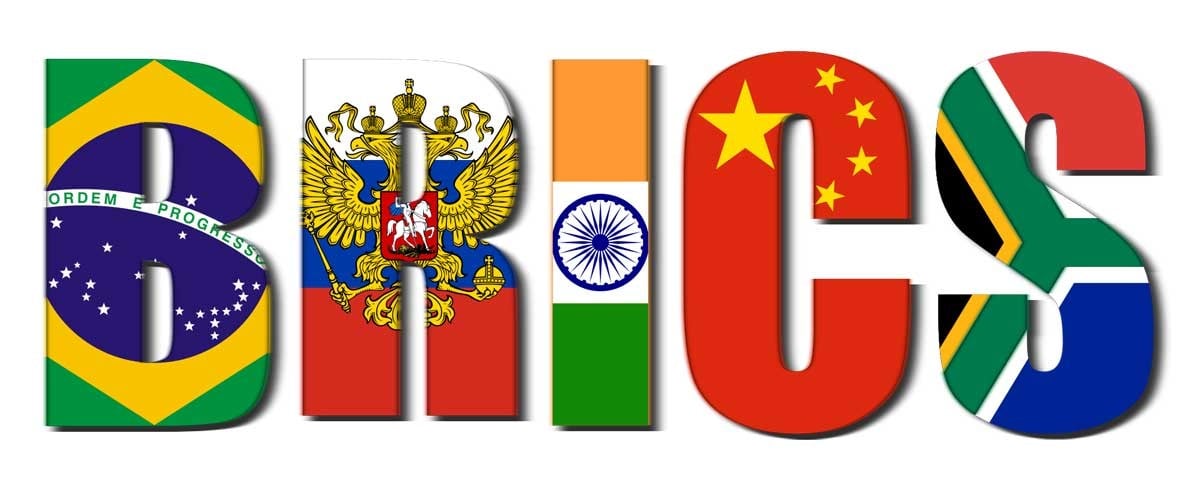 |
| How will BRICS contribute to diversifying international reserve currencies? (Source: Getty) |
Recently, in an article on China-US Focus , Dr. Dan Steinbock, a strategist on the multipolar world , commented that the pressure to diversify the world's reserve currency has existed for a long time.
This issue intensified after 2008, but has gained increasing attention since 2022, especially after the Russia-Ukraine conflict (February 2022). This will be a major topic at the upcoming BRICS Summit and this trend is likely to be further intensified after the summit.
In 2016, then-US Treasury Secretary Jack Lew warned that: “The more we condition the use of the US dollar and the financial system on continued compliance with foreign policy, the greater the risk that countries will move to other currencies and other financial systems in the medium term.”
Both the Trump administration and the Biden administration have ignored Mr. Lew’s warnings. As a result, the countries of the global South are increasingly interested in BRICS.
The main topic at the BRICS Summit in Johannesburg (South Africa) this August will be the bloc working together to develop alternative payment systems to the US greenback.
Risks from USD monopoly
Nobel Prize-winning economist Paul Krugman notes that much of world trade is still settled in greenbacks. Many banks based outside the United States accept deposits in dollars. Many corporations outside the United States borrow in dollars. Central banks hold most of their reserves in greenbacks.
Nevertheless, the current “forced” monopoly of the USD – the world’s disproportionate dependence on the US currency for trade settlements and invoicing, the dependence on it of non-US financial firms and corporations, and the high share of the greenback in central bank reserves – is increasingly causing concern not only in the Southern Hemisphere but also in major Western economies.
The “weaponization” of the dollar in the name of the international community but without broad consensus would put trade invoices and payments, foreign corporations and central bank reserves at risk.
Recently, US Treasury Secretary Janet Yellen said that there is still no alternative to the dollar-based monetary system. Then again, she also warned of a catastrophic scenario if Washington does not agree on a new debt limit.
Likewise, the British also touted the “luck” of the pound until 1914. But that preeminent position ended with the overstretched British economy after 1945.
Although the early 21st century has its own characteristics, there will not be too many differences compared to nearly a century ago.
Advantages of international currency diversification
So how will BRICS contribute to diversifying international reserve currencies?
Thanks to its organizational flexibility, the bloc can take unilateral, bilateral and multilateral measures, driven by the founding BRICS economies (Brazil, Russia, India and China), ambitious new members and alliance partners that share its vision or are considering membership.
According to Anil Sooklal, South Africa’s ambassador responsible for relations with Asia and BRICS, about 22 countries have formally applied to join the group, while an equal number of countries “have informally inquired about becoming BRICS members.” Countries interested in joining the bloc include Argentina, Iran, Saudi Arabia and the United Arab Emirates (UAE).
The growing number of large and populous emerging economies that can generate the kind of “network effects” and “positive spillovers” that will be crucial to jump-starting the infrastructure for the proposed alternative global financial system.
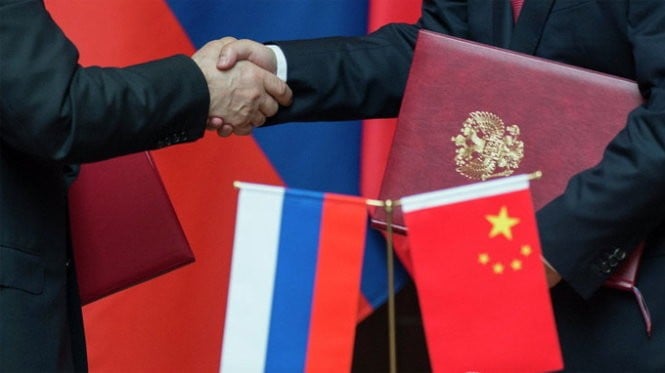 |
| On the eve of the conflict in Ukraine, the Atlantic Council described Russia and China as “partners in de-dollarization.” (Source: RIA) |
However, what BRICS brings is not simply de-dollarization. The goal is not to eliminate the greenback, as is often portrayed by critics and political opponents of BRICS, especially in the West. On the eve of the conflict in Ukraine, the Atlantic Council described Russia and China as “partners in de-dollarization.”
The partnership was supposed to be “an alternative to the US-dominated SWIFT global credit payment messaging system.” The “handshake” between Russia and China was once understood as a legal alliance and de-dollarization as a “plot” to replace the greenback.
The reality, however, is somewhat different. BRICS has little to do with countries seeking to subtly disrupt the international order. Rather, like asset managers seeking to maintain adequate diversification in their portfolios, the BRICS’ strategic objective is diversification and recalibration, not mere de-dollarization.
From Keynesian Bancor to BRICS Currency Diversification
Today, most BRICS economies remain significantly dependent on the US currency, while those sanctioned by Washington and/or its allies have significantly reduced their USD reserves, often opting for gold instead.
What the major BRICS economies are seeking is a more diversified global monetary regime. If this is not gradually and over time, it will change through a major and sudden global crisis. The goal of BRICS is not to replace the US dollar but to diversify the monetary system so that it better reflects today's world economy.
Looking back, this is not a new idea. John Maynard Keynes, a British economist and one of the most influential figures of the 20th century, made a similar argument for Bancor – a supranational currency (the name is inspired by the French word “banque”) – at an event in 1944. However, the idea was shot down by American negotiators.
At that time, the British pound and the US dollar were the world's main reserve currencies. However, Mr. Keynes warned that the greenback's primacy would lead to great uncertainty and volatility after the reconstruction and recovery of Western Europe and other major economies.
That’s exactly what happened in 1971, when President Nixon unilaterally ended the convertibility of the US dollar into gold. Although introduced as a temporary measure, the decision effectively made the greenback a free-floating fiat currency.
When gold ceased to be a measure of value, the perception of value replaced value itself. The result was a gold shock that reverberated around the world with the twin oil crises, followed by a quadrupling of oil prices, followed by inflation and stagflation, and finally record high US interest rates and massive rearmament.
Geopolitically, the US continued to rely on the major Western economies and Japan, but in international economics, it refused to relinquish its dominant privilege. As a result, the monopoly of the US dollar contributed to the creation of asset bubbles in the 1980s, early 1990s, early 2000s and finally in 2008.
In the midst of the Great Recession, China's central bank governor Zhou Xiaochuan revived the idea and called on major Western economies to “systematically reform the international monetary system.”
Big commitments have been made in the European Union (EU), the US and Japan, but nothing significant has been recorded. Therefore, organizations such as the BRICS New Development Bank (NBD), Asian Infrastructure Investment Bank (AIIB) ... are trying to find new monetary arrangements.
BRICS does not want to disrupt the world order. Instead, they seek to promote diversification directly. BRICS's move also reflects the aspirations of a multipolar world economy, in which global growth prospects are driven by large emerging economies.
Source




![[Photo] Closing of the 13th Conference of the 13th Party Central Committee](https://vphoto.vietnam.vn/thumb/1200x675/vietnam/resource/IMAGE/2025/10/08/1759893763535_ndo_br_a3-bnd-2504-jpg.webp)







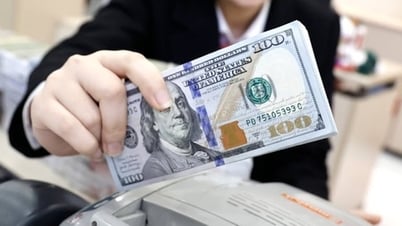

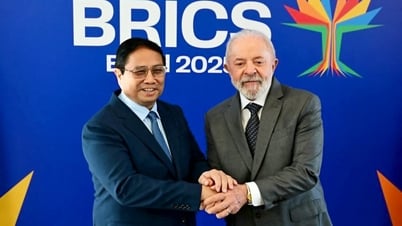

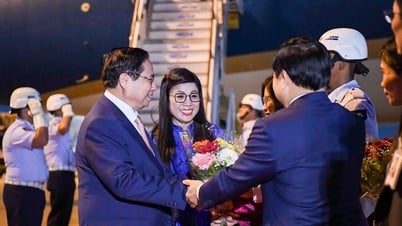

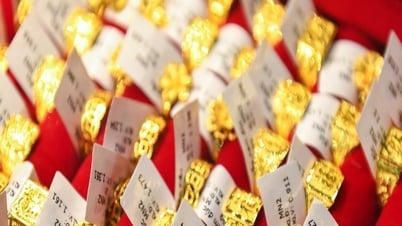






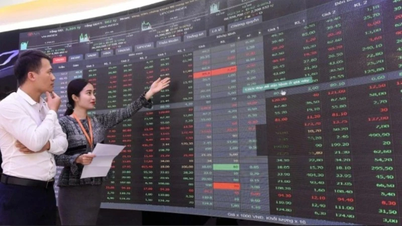







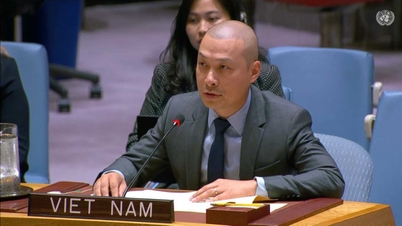



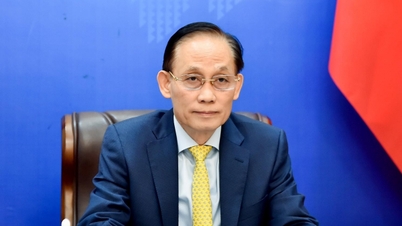




























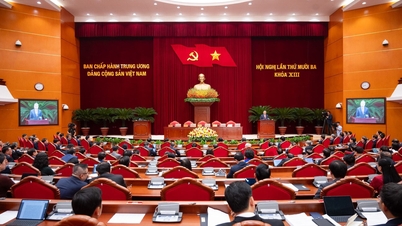

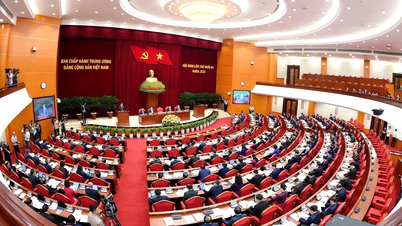
































Comment (0)